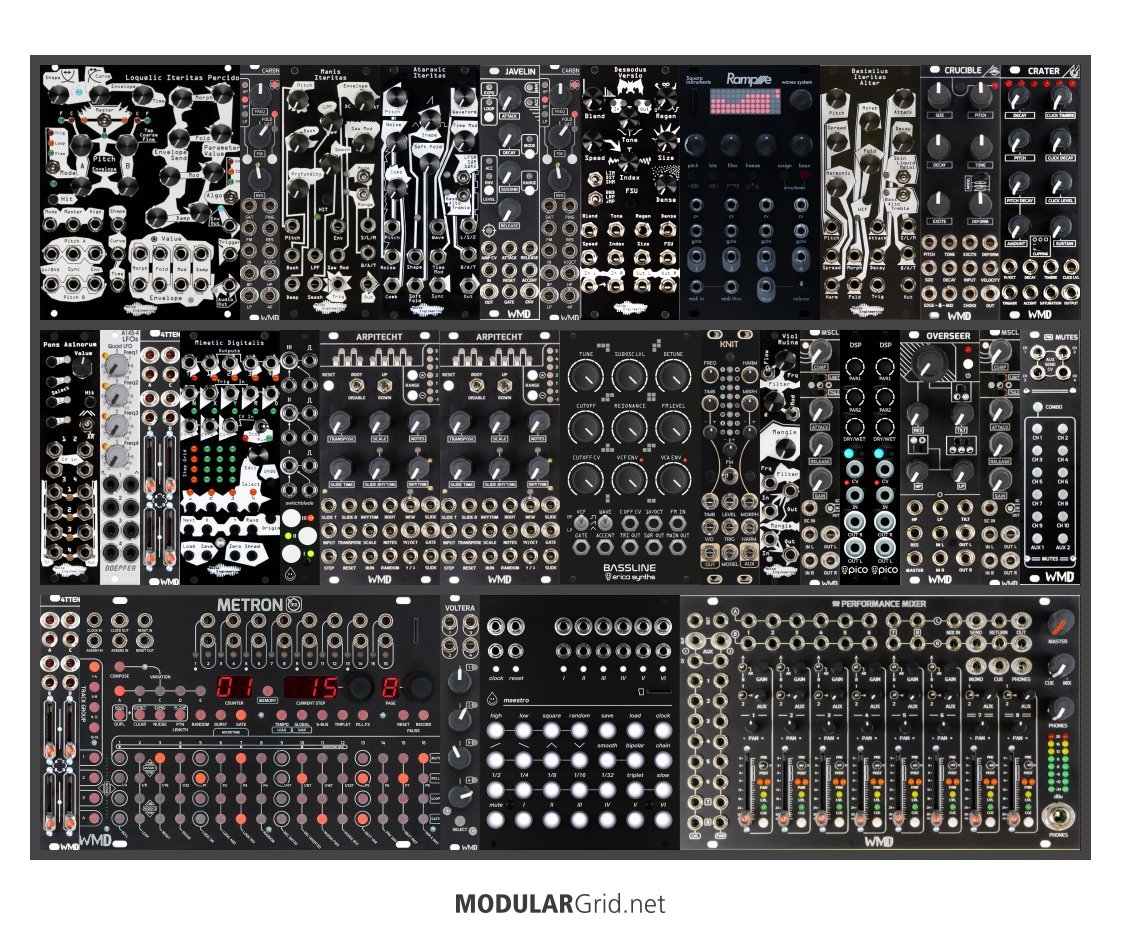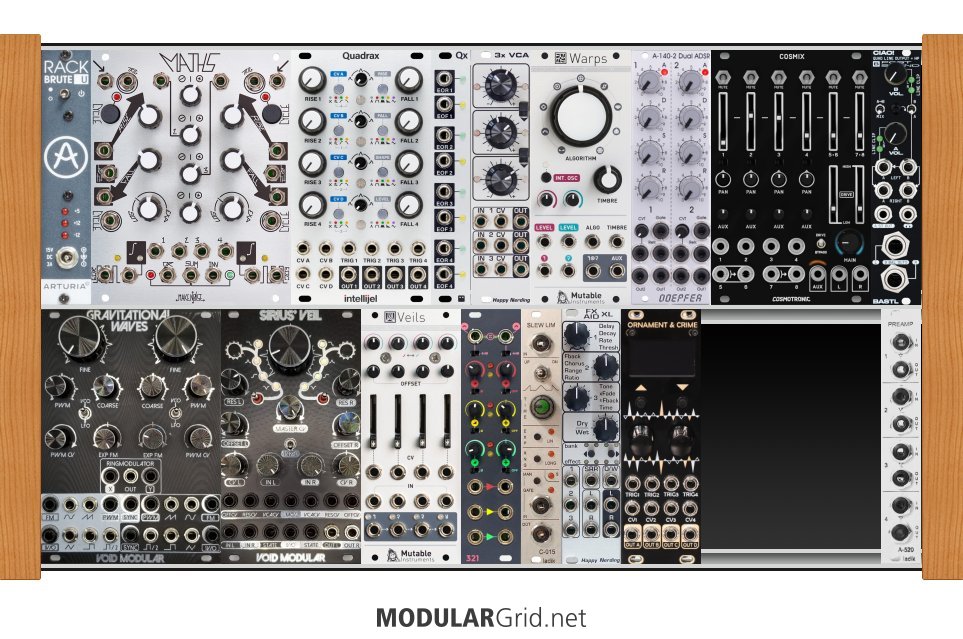Hi Nickgreenberg,
Wow, thank you very much for your extensive feedback and post! That's very kind of you :-) It's getting late here. I need more time to process your information and give it some thoughts where and how it can help me.
To some of the general information and questions you provide, I can give already some information:
Well... the entire idea of mine to come up with a text-only (but including figures, diagrams, etc.) review report had a good reason, at least to start with like I do it now. I didn't wanted to be the one-thousandth-and-one Youtube reviewer of module X or Y. There are already so many reviewers doing videos that I don't think it would make much sense that I would be just one more person adding videos to Youtube. I still might do that in the mid/far future however it's not planned for the next few years (I think/guess but you never know).
I mean, look at what you already concluded and which I agree with, there are two or three good reviewers, check their Youtube videos and then you have already a certain impression (good or bad) about a certain module. And I was hoping here is where I come in then ;-) Once you are interested in a certain module that you then would check if I would have written a review report about it to check those details that interest you, you don't have to read the entire review report (if you don't like to spend too much time), just those bits and bytes that might interest you or where you want to know more specific/technical information about. Check at least chapter 2 and then whatever parts of the document depending on what kind of information you are looking for. If you miss certain things please do let me know.
There are at least two reasons why I do... let's say the less fancy modules... One is, there are less reviews of those modules on Youtube as well, the other reason and that one is perhaps "what's in it for me" is that I learn from it as well. Creating review reports is for me a kind of way to force myself to go deeper into one particular module, trying to completely understand it, hence only then I am able to create in Visio a flow diagram for paragraph 5.4 and some other stuff that I otherwise wouldn't know or at least not for sure. I also want to start rather with easy and not too complicated functionality because I have to build up experience and I don't want straight away to start with complicated modules. The chance that I would overlook important facts or even would write something that might not be correct at all is then much higher and that's what I want to avoid. If I write a review report of a module, I want and I have to:
- completely understand that module, even if it's only then when I get started with writing the review report
- it needs to be based as much as possible on facts, not emotional feelings or whatsoever, as "clean" and "neutral" as possible, with the exception of course of chapter 2 where I give my own opinion (and a few other paragraphs, see the review report for such exceptions; I mention that clearly so the reader know if it's just my opinion or something fact-base)
- I need to kind of like the module or at least I want to stand behind it what I am writing in the review report
- I want to have used the module for quite some time before getting to start to write a review report
The last reason, is the reason why I asked Farkas (in the here above posts) if he can wait a bit. Yes, I do have that A-103 filter module but because of my new studio setup I had no time at all yet to start use that module. So, I want to build up some experience first before I start to write a review report about it. Now is this module a bit similar (but not the same of course) to the A-124 module of which I already wrote a review report, so I am quite confident that I can write a review report in a rather short time about A-103 as well; hence the reason why I will write one about A-103.
So if I today decide to start writing a review report about the Sinfonion, one of the most complex modules I know then this review report would be from my point of view most likely not going to be complete nor fully correct because that module is so complex you need some serious experience with it before you can analyse a module like that. Naturally there are a bit less complicated modules as well however even a Vector (Five12), a great sequencer but before I am able to write a review report on that one, I need much more experience too. What I am writing in the review reports, as already mentioned, I want to mean that from my heart and I should be able to completely stand behind that what I am writing.
So what's there in for me? To be honest, for the moment not much; close to nothing actually. The above mentioned second reason that it's a learning curve for me too, is most likely the most that there's in for me.
Thus yes, this is mainly labour of love that I am putting in here :-)
Please allow me to read more carefully the details of your detailed feedback, process that and then I will try to come back to you about that. Please do note that I very much appreciate it, I just need more time to reply :-) Thank you very much and kind regards, Garfield.



